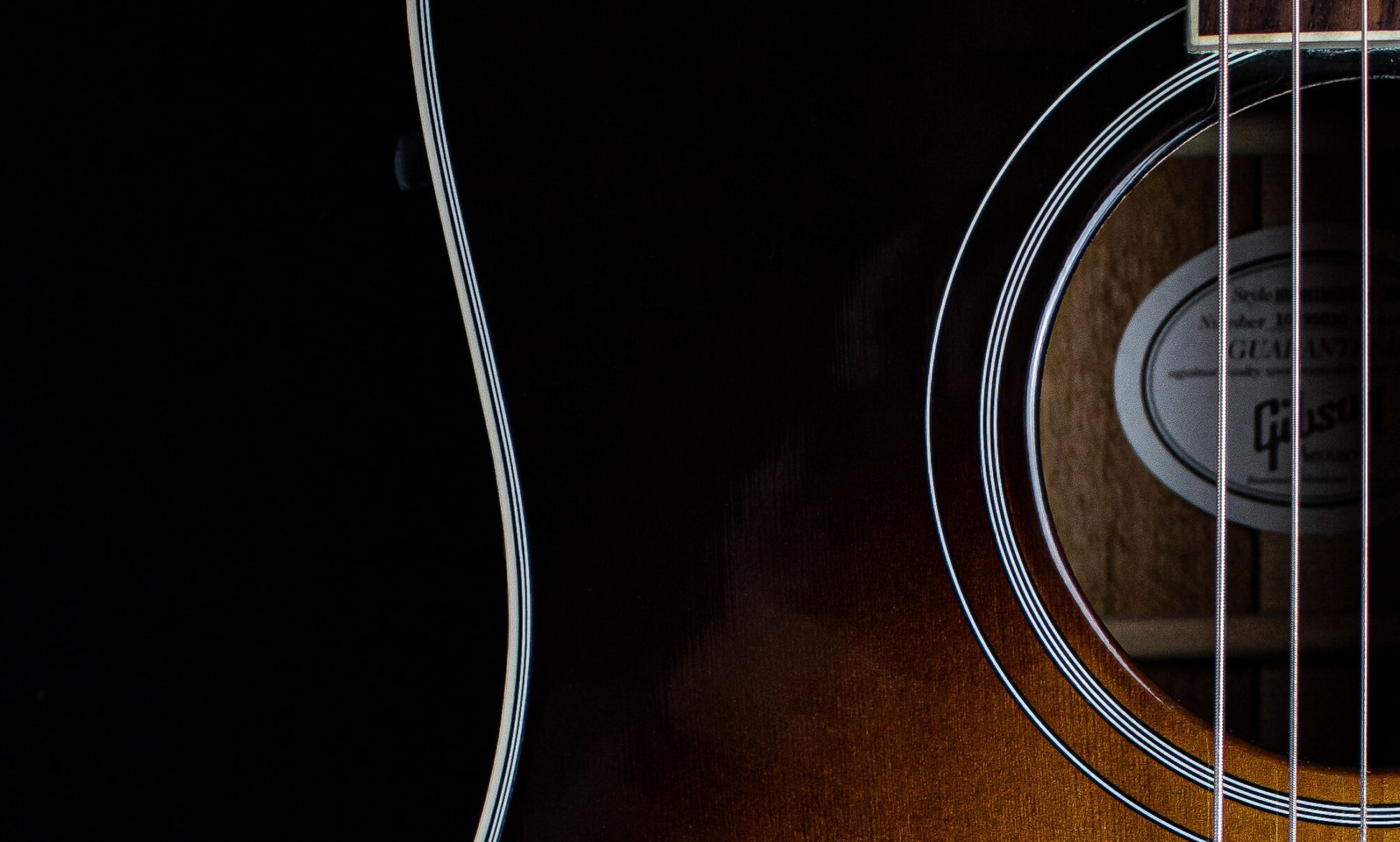We seem to be living in an increasingly busy world, and I am often hearing my students tell me that they simply are too busy to practice every day. Practice works best on a daily basis – even a small amount each day, as little as five minutes, works better for you than a big instalment once or twice a week. You will really start to see progress if you can get your daily practice schedule happening.
Given the nature of our busy world, this can be a challenge. However doing some mental practice can help you get the benefits of daily practice, utilising time that you would otherwise be unable to use for the guitar – such as sitting on the bus or train, or lunchtime at work, and various other little snippets of time that you can snatch for yourself, but which don’t lend themselves to picking up your guitar.
Basically, you simply imagine yourself doing your practice, in complete detail. You visualise which finger moves on to which fret, you visualise your pick or plucking fingers moving in the correct fashion, you mentally hear the note ringing.
Studies have found that this kind of mental practice works almost as well for sports skills, such as shooting basketball, as the actual physical practice. It will work for your music as well. I believe it is especially good for practicing your reading skills, which as a task has a high proportion of mental processing involved.
Begin your mental practice with pieces you already know reasonably well, and when you get the hang of it, extend yourself to practicing new pieces. Just for fun, use your mental practice to prepare a new piece, and then after a week, see if you can play it on your guitar. To be effective, use your mental practice on pieces which are at your current playing ability, or which extend it slightly – in other words the same pieces you would be playing on your guitar. You can also apply this technique to learning scales and arpeggios – whenever you have a spare moment, just run through a scale or arpeggio in your head – visualising the sound of the notes, the movement of each finger, the positions of the frets, and the movement of the pick. It doesn’t matter if you need to do it slowly at first – what matters is visualising as completely as possible.
So get cracking! Take a few sheets of music with you on the bus, and use the time to mentally practice them. I am sure you will be pleasantly surprised by how much it helps you, especially if you can establish a daily routine with it to augment your physical practice routine!
